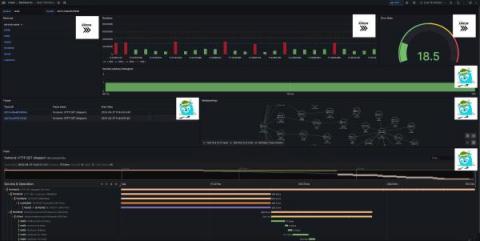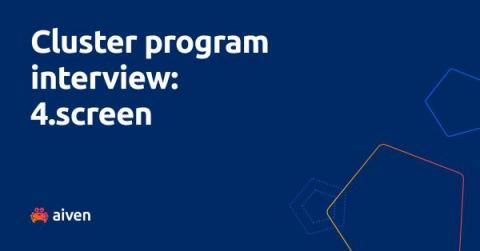Operations | Monitoring | ITSM | DevOps | Cloud
Analytics
Metrics, Logs and Traces: More Similar Than They Appear?
This article was originally published in The New Stack and is reposted here with permission. They require different approaches for storage and querying, making it a challenge to use a single solution. But InfluxDB is working to consolidate them into one. Time series data has unique characteristics that distinguish it from other types of data. But even within the scope of time series data, there are different types of data that require different workloads.
OpenTelemetry Tutorial: Collect Traces, Logs & Metrics with InfluxDB 3.0, Jaeger & Grafana
Here at InfluxData, we recently announced InfluxDB 3.0, which expands the number of use cases that are feasible with InfluxDB. One of the primary benefits of the new storage engine that powers InfluxDB 3.0 is its ability to store traces, metrics, events, and logs in a single database. Each of these types of time series data has unique workloads, which leaves some unanswered questions. For example: Luckily this is where our work within OpenTelemetry comes into play.
From Silos to Collaboration: How to Democratize Data in Product Analytics
Cluster Interview: Serving relevant recommendations on the go with Aiven for Apache Kafka
InfluxDB V3 Python CLI and Client Library
Delete Without Deleting
Backfill Missing Time Series With SQL
Time series data streams are often noisy and irregular. But it doesn’t matter if the cause of the irregularity is a network error, jittery sensor, or power outage – advanced analytical tools, machine learning, and artificial intelligence models require their data inputs to include data sets with fixed time intervals. This makes the process of filling in all missing rows and values a necessary part of the data cleaning and basic analysis process.
Big data security foundations in five steps
We’ve all read the headlines about spectacular data breaches and other security incidents, and the impact that they have had on the victim organisations. From LastPass to SolarWinds, “data security” seems to be the phrase on the lips of every CTO these days. And in some ways there’s no place more vulnerable to attack than a big data environment like a data lake.











